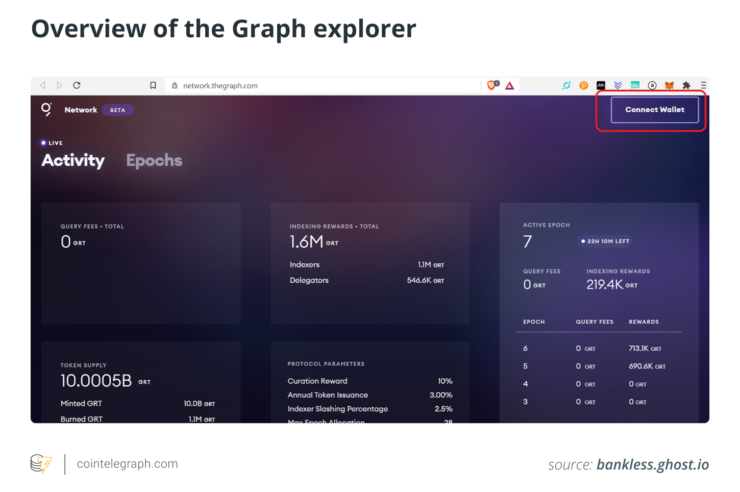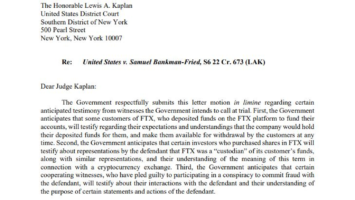The Graph (GRT) is a decentralized cryptocurrency with multiple use cases and a community-driven, open ecosystem that provides indexing and query options to developers building DApps.
The Graph utilizes blockchain technology and a sophisticated indexing protocol to facilitate more efficient blockchain data querying. It first enables DApps to augment Ethereum with data via smart contract transactions. The Graph uses GraphQL technology, in particular, to describe each API’s data in detail.
Graph Nodes perform the initial stage of data aggregation. They are the network’s backbone and scan smart contracts. The Graph uses GraphQL technology to describe each API’s data in greater detail.
Ethereum will only allow you to retrieve basic data from projects involving complex NFTs, such as CryptoPunks, and smart contracts, such as Uniswap, if you try to read them directly.
One can use the Graph’s API or indexed subgraphs to query blockchains and retrieve more complex data faster, more efficiently and without compromising security properties for decentralization.
The Graph protocol analyzes and stores data requested from The Graph Network in subgraphs and then promptly returns the results to the requesting application. Users can browse the platform’s subgraphs using The Graph Explorer portal since The Graph is built on open-source software.

Six major players in The Graph’s ecosystem work together to access and organize data using subgraphs. They include:
- Consumers: Developers who need data to create DApps. They pay a query fee and submit a query for the data.
- Indexers: Node operators are tasked with indexing and querying the signaled subgraphs and must stake GRT.
- Delegators: Contribute to the network administration without setting up a node by delegating GRT to indexers.
- Curators: Developers of subgraphs who determine which are of high-quality to be included in The Graph’s index.
- Fishermen: Participants who validate the accuracy of query responses in the network.
- Arbitrators: Help determine whether or not an Indexer has engaged in malicious activity. Decentralized governance assigns arbitrators.
These participants can earn payments from the network in exchange for their contributions, but only after staking GRT. GraphQL currently enables app development and usage on Ethereum, InterPlanetary File System and proof-of-authority (PoA) networks, with the expectation that more networks will become available in the near future.






















Comments (No)